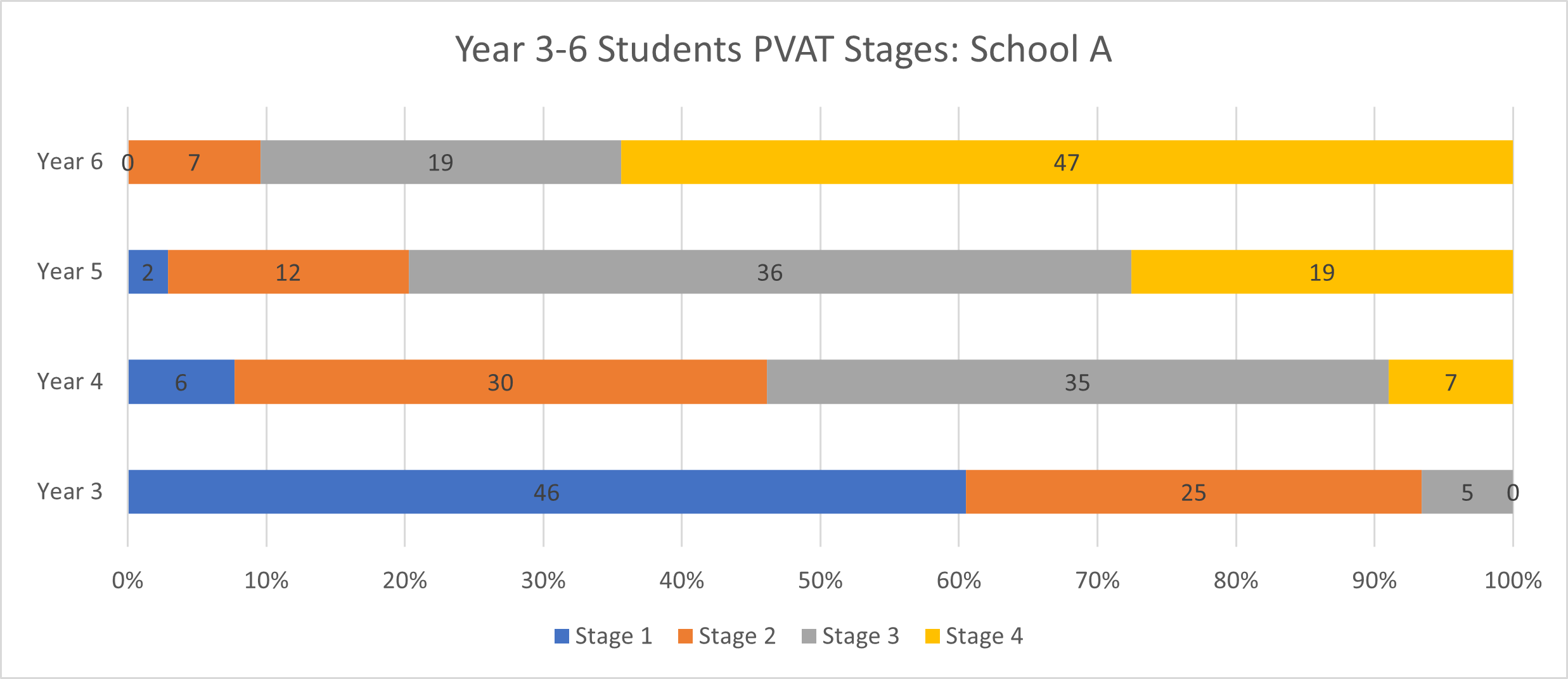The range of student knowledge in place value
Jun 23, 2022
We have just gone through the process of selling our house. Part of this process involves 'preparing' your house for sale. I have discovered this basically means doing all the jobs you have avoided doing while you were living in the house, so the people who buy your house can enjoy it more than you did! Cupboards that didn't close, now close. Doors that got stuck, now open with ease, and walls that needed painting, are now shiny and new!
As we were completing the painting, I started thinking about Maths- clearly it doesn't take much!
I was considering the importance of 'preparing' the walls when we paint. There is no use just painting straight over cracks and holes. You need to fill gaps and sand it back before you can even start applying the paint... there is a process to make sure the painting 'sticks'.
This has many parallels with teaching maths.
If a child has a gap in their knowledge, it doesn't help anyone if we just 'plow on'!
As teachers, it is tough to teach a student who you know has no idea what you are talking about, and as a student, it is completely demoralising to try and learn something your brain is just not ready to take on!
Therefore, it is really important we take actions to address this, particularly in relation to the Big Ideas in Number- which include Place Value.
To use the big ideas in our teaching, we need to start by identifying the gaps in each student's knowledge in relation to each 'big idea'. This can be achieved through using quality assessments like the PVAT and the Scaffolding Numeracy in the Middle Years assessments. But, we then need to 'fill the gaps' through targeted teaching at our student's point of need.
In order to illustrate the range of student ability you will most likely have in your class, just in place value, I wanted to share the following data.
 The graph above shows the PVAT data I gathered from 296 Year 3-6 students in School A. To give you a little context, this school has a ICSEA value of 1126. This means the student population is considered above average levels of educational advantage in relation to other Australian schools where the average ICSEA value is 1000. You can see that within each year level there is a range of student understandings of at least three, if not four, PVAT stages.
The graph above shows the PVAT data I gathered from 296 Year 3-6 students in School A. To give you a little context, this school has a ICSEA value of 1126. This means the student population is considered above average levels of educational advantage in relation to other Australian schools where the average ICSEA value is 1000. You can see that within each year level there is a range of student understandings of at least three, if not four, PVAT stages.
For example, Year 3 and 6 have a range of three stages of development amongst the students. Whilst Years 4 and 5 have four stages present. Considering that the NAPLAN data (our compulsory National Standardised test for Year 3,5,7,9 students) suggests the School A's student cohorts are ‘close to’ the national average in their Numeracy achievement, these cohorts could well be considered indicative of the range of place value understandings that you could reasonably expect to see in schools across Australia, and I suspect (but would love to research further) internationally also.
This means that in any given Year 3-6 class, we are likely to see a spread of student place value understanding ranging from Stages 1-4. These data have significant implications for the teaching and learning of both whole number and decimal place value.
For example, in Year 4, we can see that only 7% of students are at PVAT Stage Four. Students in Stage 4 are considered to have a solid understanding of the whole number place value system. For these students, applying their knowledge of whole number place value to learn the decimal place system will be a logical and relatively simple next step. They are developmentally ready to take on this knowledge. By contrast, the remaining 93% of students, particularly the 36% in Stages One and Two, are NOT developmentally ready to learn about the decimal place value system. Their understanding of whole numbers is shaky, and learning about decimals will likely confuse them further, and result in superficial learning.
While this is only one example, I hope it illustrates the importance of us shifting our focus from from ‘I teach Year 4’, to ‘I teach a Year 4 class’. This nuance is important as it highlights the difference between teaching a Year 4 based curriculum, compared to teaching each Year 4 student where they are in their learning journey.
So, like any good painter, we as teachers, need to be filling the 'gaps' before we teach, to ensure our teaching 'sticks'!

